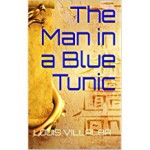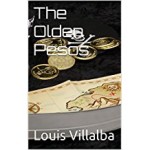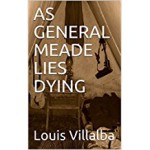
On our wedding day I was forty-six, she was eighteen. Now, I know what you are thinking: older man (not thin, somewhat bald, lame in one leg, teeth of wood) exercises the marital prerogative, thereby mortifying the poor young—but that is false. That is exactly what I refused to do, you see.
On our wedding night I clumped up the stairs, face red with drink and dance, found her arrayed in some thinnish thing an aunt had forced her into, silk collar fluttering slightly with her quaking—and could not do it. Speaking to her softly, I told her my heart: she was beautiful; I was old, ugly, used up, had its roots not in love but expedience; her father was poor, her mother ill. That was why she was here. I knew all this very well. And would not dream of touching her, I said, when I could see her fear and—the word I used was “distaste” even as I saw her.
From “Lincoln in the Bardo,” by George Saunders
What a gorgeous beginning for a story! George Saunders is a master writer and a hard-working storyteller. The Bardo is the Buddhist limbo where the dead wait for their destination. The novel is not easy to read, but you will appreciate its great contents and prose if you do. It has three major parts:
- The narrators look back at their lives when they were alive. Their existence is shaken by the arrival of Willie, Abraham Lincoln’s ill-fated son.
- The description of the Bardo. Here is where Saunders’ imagination flourishes. I suggest you stay away from the audiobook because it may become confusing. Saunders sometimes gives voice to quite a few inhabitants in the Bardo.
- Abraham Lincoln’s reaction to his son’s death. This part of the story is written with numerous properly arranged citations from eyewitnesses (Saunders did a gigantic work.) The outcome is a vivid portrait of Abraham Lincoln beyond what you might already have read.
Saunders uses mid-nineteenth century English and the resulted prose bristles with feelings that capture the reader.


































